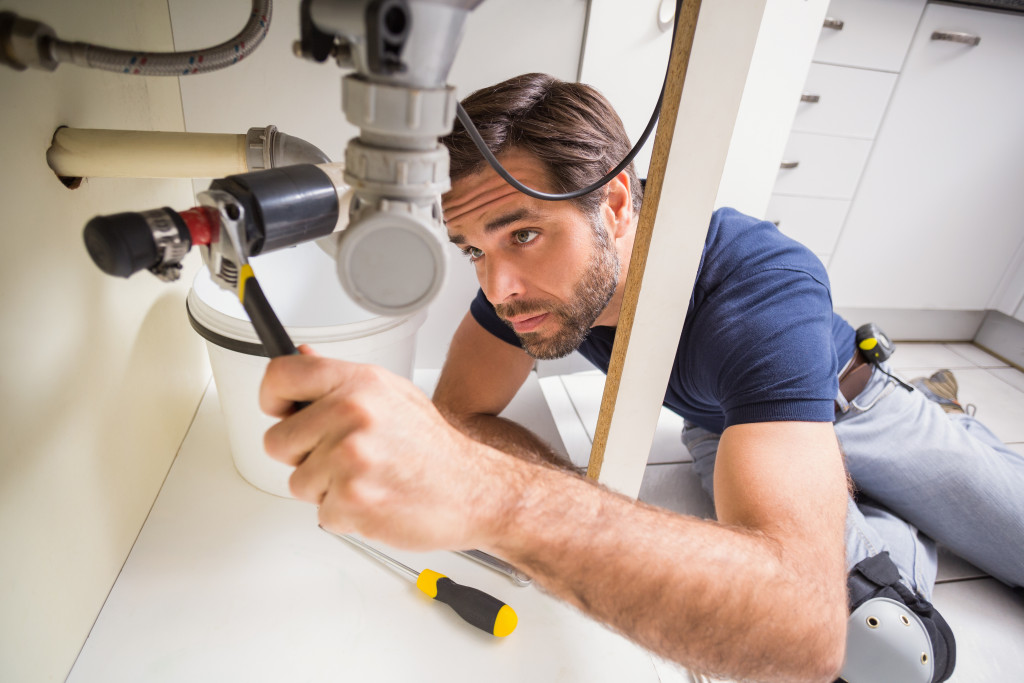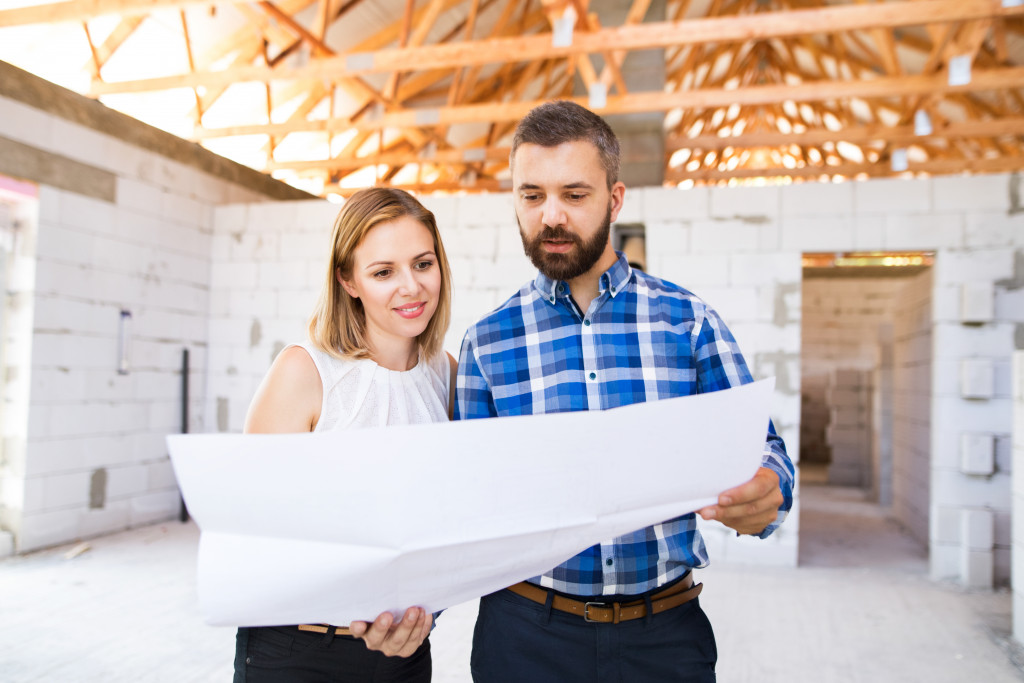Disclaimer: The Lifestyle Elf. This site provides fashion and lifestyle content for informational purposes only.
A home is a fundamental need for all people. It provides a sense of belonging, security, and stability. A home is also where people can raise their families and build memories. According to the National Association of Realtors, homeownership rates are at their lowest point in more than 50 years. This means that more and more people are renting instead of buying homes.
However, you might be one of the people who still believe in the value of owning a home. After all, the benefits of homeownership include tax incentives, appreciation of home value, and increased privacy. You will also be building wealth for years to come.
If you want to build a solid home that will last for ages, you must come up with a plan. Home designs, document preparations, and construction are all essential steps. A good plan will get you off on the right foot and help ensure that every aspect of your home is constructed correctly and promptly. However, you might need to focus on these tasks to ensure stability.
Building a Solid Foundation
The foundation of your home is the most crucial, as it provides the structural integrity necessary for a durable and long-lasting home. You’ll need to be sure that your land is suitable for construction, that all permits are obtained, and that there isn’t any flooding or other natural risks in the area. Hiring a qualified contractor who can build a solid foundation is also essential.
There will be plenty of factors to consider for foundation construction services, which include the type of foundation, the materials used, and the methods used to ensure that your foundation is solid. It would help if you also considered hiring a structural engineer to inspect the work and ensure it meets local building codes.
Creating A Sustainable Home
Once you have a strong foundation, you can move on to other essential aspects of homebuilding, such as energy efficiency, water conservation, and proper ventilation. All these lead to a sustainable home.
Using sustainable construction techniques can help you drastically reduce your utility bills while also helping protect the environment by using renewable resources. Utilizing green building materials like bamboo flooring or recycled glass tile can be more affordable than traditional materials and will last for years.
In addition, using renewable energy sources like solar panels or wind turbines will provide you with clean energy and save you money on regular electricity bills.
Finally, make sure that your home is well-insulated so that you can keep it warm in the winter and cool in the summer. This will help reduce heating and cooling costs while making your home more comfortable for you and your family.
Staying on Top of Maintenance

Once your home gets built, you’ll need to keep up with regular maintenance. This will ensure that your home remains structurally sound and energy efficient for years. Routine tasks such as checking for leaks, cleaning the gutters, and getting an annual inspection from a professional can help prevent costly repairs down the road.
Also, if any major repairs are needed, hire a qualified contractor who can provide quality craft and use materials that meet local building codes. It might be challenging to do it yourself, especially with expensive repairs, so it’s best to leave it in the hands of professionals.
Personalizing Home Design
Finally, have some fun and personalize your home design. You can add a unique flair to every room in the house with furniture, paint colors, artwork, and other decorations. You are in charge of creating the perfect environment for your family, so get creative and make sure that it’s something you’ll love living in for years to come.
For the home personalization efforts, you can start with the basics and then make incremental changes when your budget allows. This will not only change the look of your home but also add to its value. Aesthetic elements like furniture, artwork and lighting fixtures can significantly impact the overall appeal of your home. Then, you can focus on things like appliances, which take more of a massive investment to upgrade but can also add to the value of your home.
Make Constant Upgrades
You don’t want to let your home become outdated, so always make upgrades and improvements where necessary. This can be as simple as changing out light fixtures and paint colors or more involved projects like remodeling the kitchen or adding a new deck.
Always ensure that it is done correctly and meets all local building codes, no matter what upgrade you choose. Also, if possible, consider upgrading with sustainable materials and energy-efficient appliances. Doing this makes your home more excellent and increases its value in the long run.
Final Thoughts
When building a substantial home, starting with a solid foundation is essential. Then, you can focus on energy efficiency and creating an inviting environment with personalized design elements. Finally, don’t forget to stay on top of regular maintenance tasks to ensure your home is safe and sound. With the proper steps, you’ll enjoy a beautiful and functional space for years to come.

